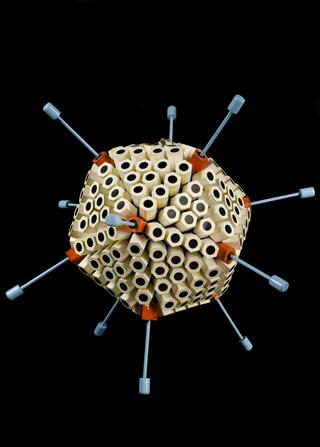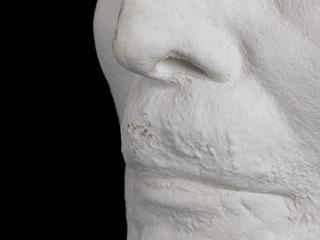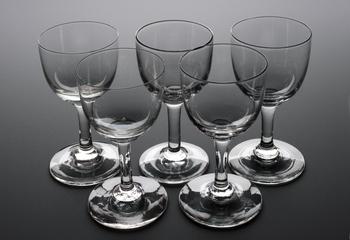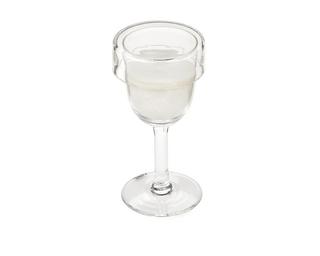
Copy of Pasteur's flask used in his experiments on spontaneous generation, France, 1888-1927
- maker:
- Institut Pasteur

Glass flask, copy of the one used by Pasteur in his experiments on spontaneous generation with wooden ring stand, labelled
Louis Pasteur (1822-1895), the French chemist and microbiologist, used the original glass flask containing yeast water in his experiments on spontaneous generation. By 1864, Pasteur disproved this theory by experimenting with fermentation. He placed yeast water in a swan-necked flask (like this one) that only allowed air to enter. The water remained clear. Only when the flask was open to dust and micro-organisms did fermentation occur.
The flask has a handwritten label written by Pasteur reading “3 Août 1864, fevrier, eau de levure”. This translates from French as “3 August 1864, February, yeast water”. This copy was made by the Institut Pasteur, possibly for exhibition purposes.
Details
- Category:
- Microbiology
- Collection:
- Sir Henry Wellcome's Museum Collection
- Object Number:
- A63395
- Materials:
- glass, wood, materia medica and complete
- Measurements:
-
overall: 190 mm x 160 mm x 85 mm, 0.138 kg
- type:
- flask
- credit:
- Institut Pasteur



